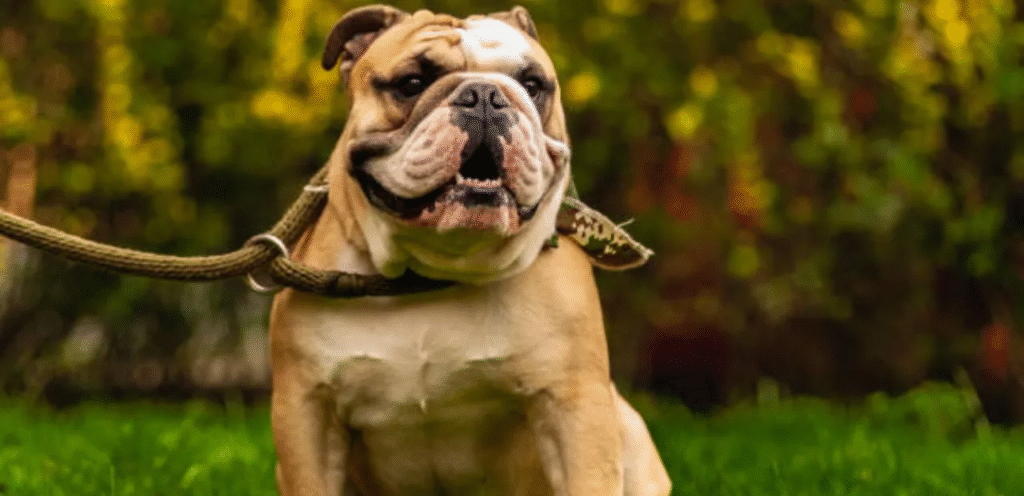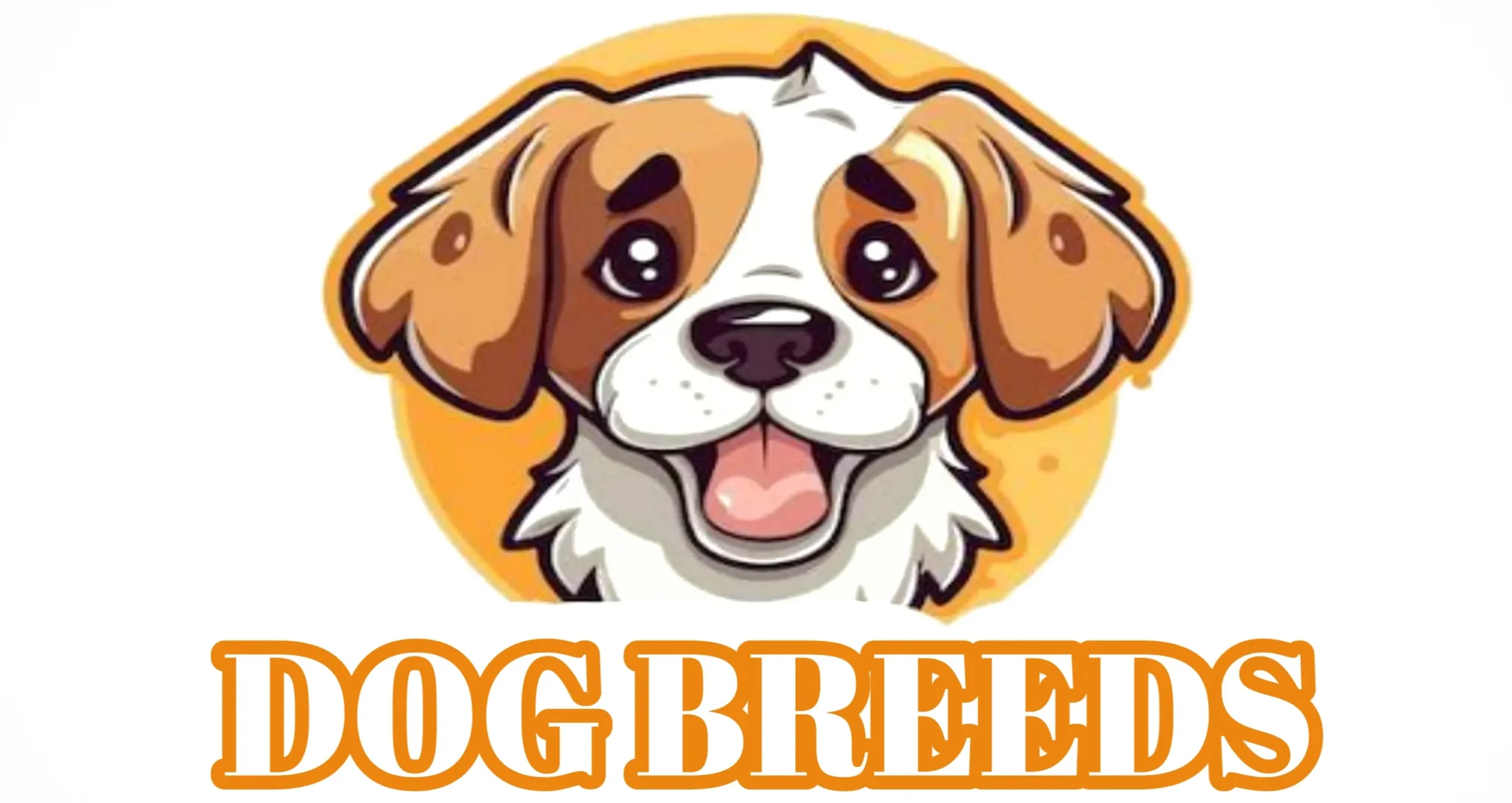Olde English Bulldogge | The Powerful & Loyal Dog Breed
The Olde English Bulldogge is dog breed that has become quite popular in the past several years, it is a descendant of the classic Bulldog, but with the muscular build and active temperament. Created to recover the native standard of the English Bulldog, the Olde English Bulldogge is a healthier and more active breed and that is why it is so appreciated by people. In this article, the historical background of the Olde English Bulldogge, its physical characteristics, its temperament, the required care and some things to consider before owning one will be discussed.

History of the Olde English Bulldogge
The Olde English Bulldogge is a working breed and is a recreation breed, that is, it was bred to look like the Bulldog of yesteryears. The original English Bulldog was bred for bull-baiting which is no longer practiced due to being inadmissible. In the course of breeding, the bulldog changed to become less aggressive and thus what is seen today as the English Bulldog.
Many enthusiasts believed that the original Bulldog breed was athletic, energetic and able to perform work, but all these qualities were lost through the years. In the late 1900s, breeders such as Alan Scott started working on the process of re-establishing the pure characteristics of the breed by cross breeding the Bulldogs with other breeds including the American Bulldogs and Pitbulls. It was for this reason that breeders aimed to develop a more vigorous, athletic dog that was closer to the original Bulldog but with better health and fitness for activities.
The outcome was the Olde English Bulldogge, a breed that retains all the characteristics of the Bulldog but with more muscularity, endurance and less elongated head. This breed is a working breed and should be taken care of in active families where it can be given sufficient exercise and mental challenge.
Classification of the Olde English Bulldogge
By Purpose
Companion: This is a great companion and is loyal, affectionate, and playful. It has a rather aggressive looking, but it is a family dog that likes to be around people in the house.
Family Companions: Like this, most of them are family companions but they retain some working ability in them. They are very obedient and are suitable for tasks such as obedience, agility and search and rescue exercises.
By Size
The Olde English Bulldogge is a medium-large breed that is bigger than the contemporary English Bulldog but not as large as some of the other Bulldog types. Usually, this breed measures 50 – 80 pounds and about 16 – 20 inches at the withers. Although it has a sturdy body with muscular mass, it has a slimmer build than the classic Bulldog breed.
Most Popular Traits of the Olde English Bulldogge
Size and Physical Structure: The Olde English Bulldogge has a muscular and athletic body build. It has a deep chest, wide shoulders, and short coupled with strong limbs, which gives the breed the muscles and stamina that many Bulldog breeds have failed to possess in the current times.
Breed Characteristics: The Olde English Bulldogge has the typical Bulldog features such as the wrinkled skin, broad head, and a compressed muzzle with a rolled tongue and a pushed-in nose. Although, it is less flattened on its face than the current English Bulldog, which means it is not as prone to breathing problems as the latter.
Guardian and Watchdog: This is an alert dog and does well as a watchdog. While not assertive, this breed will bark and draw the attention of its owners to any suspicious noise or any other activity that may be considered a threat.
Sweet and Devoted: Although this breed may look like a quite aggressive dog, this is very sweet and devoted to the family. It likes to be around people and needs to interact with them, therefore socializing with children and other animals.
Factors to Choose Olde English Bulldogge
To prepare for getting an Olde English Bulldogge, the following points must be considered to ensure that this breed is right for your household:
Exercise Needs: While the English Bulldog is rather relaxed and low-energy, the Olde English Bulldogge needs to be exercised to prevent becoming lethargic. To avoid obesity and boredom the dog should be taken for a daily walk, be allowed to play and have chances for physical activities. This breed is good at running, fetching, and agility exercises as well as other activities.
Grooming: The coat of this is smooth and short and does not demand much attention from a groomer. The activity of brushing will also help in maintaining its body hygiene and minimize on shedding. Like all Bulldogs, the wrinkles on the face of this breed must also be cleaned and dried to avoid skin problems.
Health Considerations: It is, however, pertinent to note that like any other dog breed, the Olde English Bulldogge has its own set of health problems:
Hip Dysplasia: Like many Bulldogs, this is also susceptible to hip dysplasia which is a disease that affects the hip joint and causes pain and joint malfunction.
Health Problems: The Olde English Bulldogge’s face is not as flat as the modern Bulldog but this breed also has a flat snout, which causes breathing problems especially in hot and humid weather.
Obesity: As the Olde English Bulldogge is a breed of stocky build, the dog’s weight should be regulated strictly. This is because overfeeding and lack of exercise results in obesity, which is likely to worsen health complications.
Socialization and Training: The Olde English Bulldogge is a breed that is very easy to obedience train, the key point being a positive approach. It is important to note that early socialization is important in an attempt to make it easy for the dog to interact with other pets and other people. Training should be gradual and owners should not get easily frustrated with the breed’s stubbornness.
How to care for an Olde English Bulldogge
Here are some tips for being a responsible owner of an Olde English Bulldogge:
Exercise: Even though they are rather inactive indoors, this require both physical and mental activity. Make sure that they can exercise, have fun, and perform other functions involving the use of their limbs.
Weight and Diet: Overweight is a common issue for Bulldogs, thus, offer your Olde English Bulldogge moderate portions of nutritious food. It will also enable one to have a healthy weight since physical activity is known to aid in the burning of excess calories.
Take Your Pet for a Vet Appointments: It should be noted that regular checkups with the vet will help detect such ailments at an early stage. It is crucial to follow the vaccination schedules, preventive measures against parasites, and other general healthcare aspects for your dog.
Stay Cool in Summer: For some reason, Olde English Bulldogges have a tendency to overheat easily because of their short snouts. They should have an opportunity to rest in the shadow and drink water during the hot weather; do not let the child be active during hot weather.
Fun Facts About Olde English Bulldogge
Reconstructed Breed: The Olde English Bulldogge is among the few breeds that have been reconstructed to bring back the traits of an older breed, the English Bulldog in this case.
History: Unlike many Bulldogs, the Olde English Bulldogge is still a rather active breed and is capable of performing many activities including agility and obedience trials.
Great with Kids: Contrary to its rough look, the Olde English Bulldogge is friendly with children and would make a good family dog.
Where to Find an Olde English Bulldogge
If you are planning to get an Olde English Bulldogge either as a pet or for breeding, be sure to approach a breeder who has a healthy focus on health, temperament and standard. Do not buy puppies from puppy mills and make sure that the puppies are well socialized during the time they are in the breeder’s care. You may also be able to get Olde English Bulldogges from the breed’s rescue organizations that focus on the breed.
FAQs about Olde English Bulldogge
Conclusion
The Olde English Bulldogge is a tough, a sporty, and friendly dog that can easily adapt to any family as a pet. If properly taken care of, trained and exercised, this dog breed that has been reconstructed will be a source of love as well as security in your home. If you are looking for a Bulldog that is healthier and more active, then it is recommended that you go for the Olde English Bulldogge.
